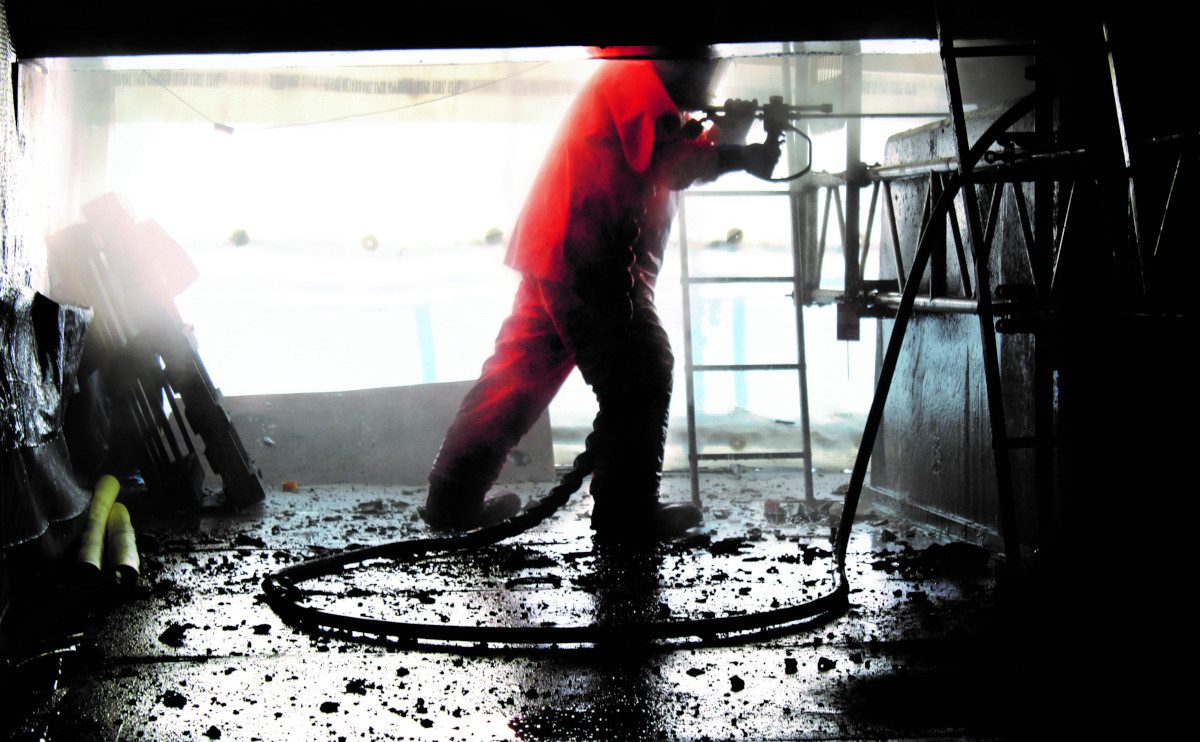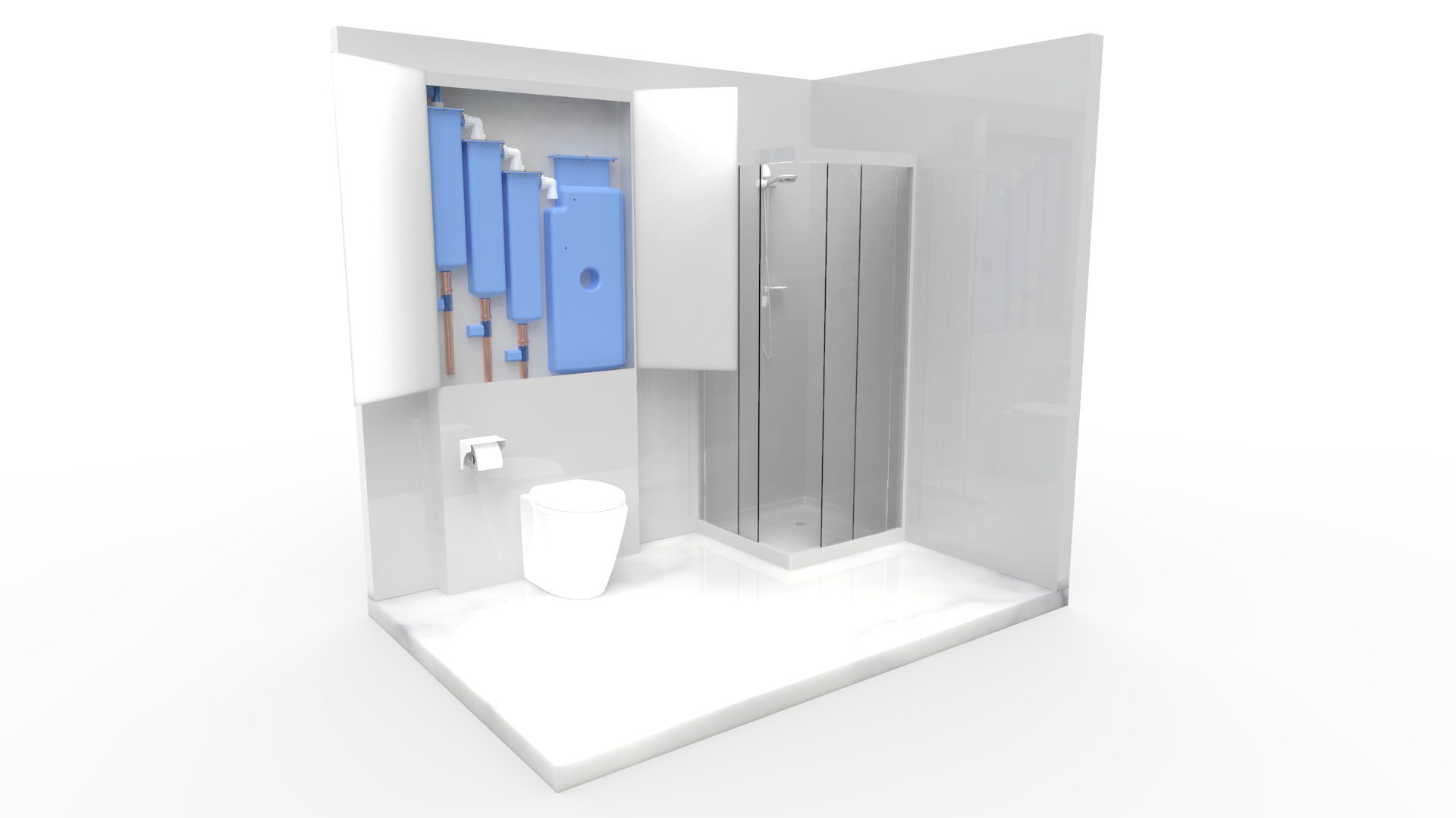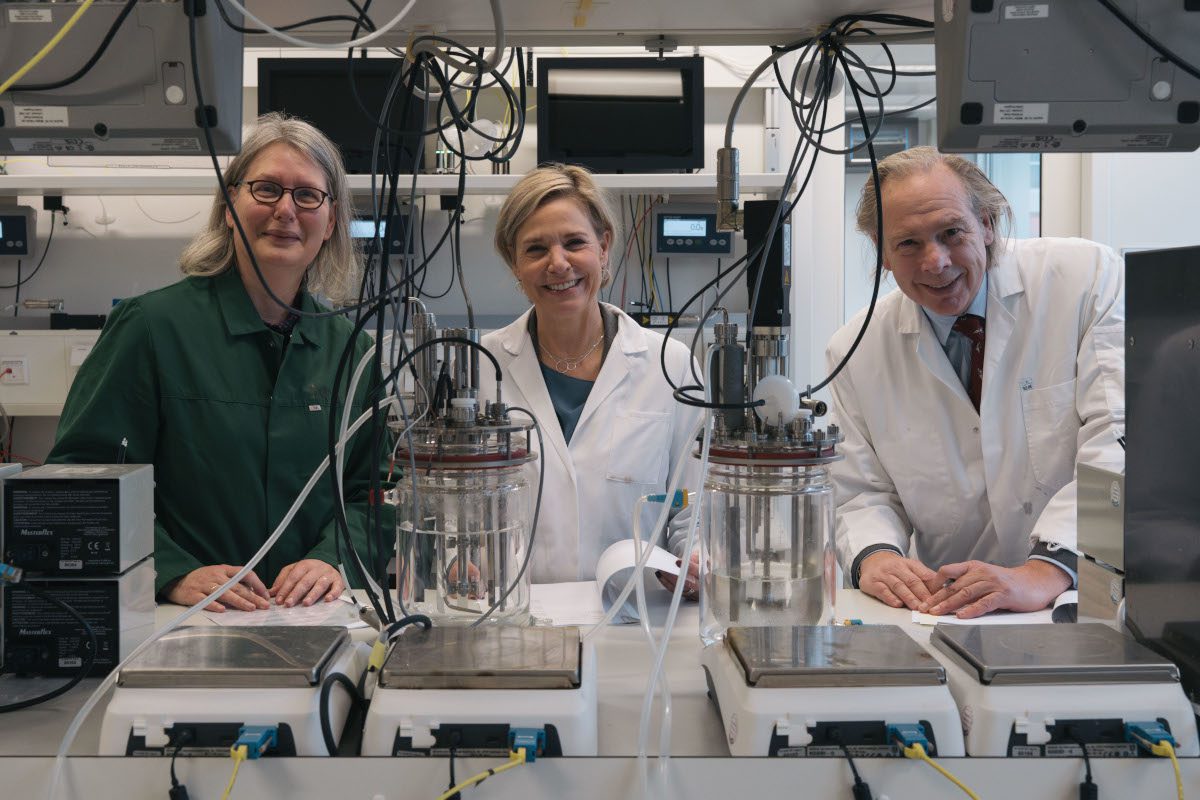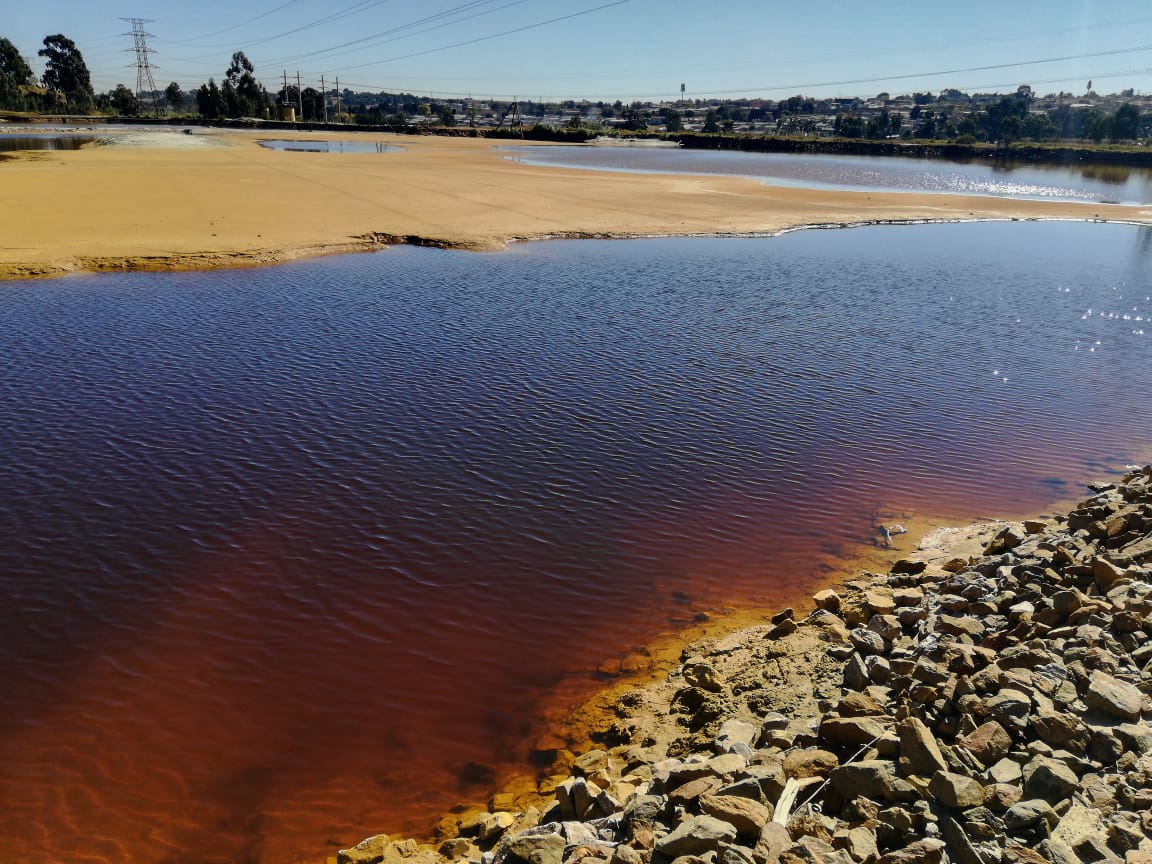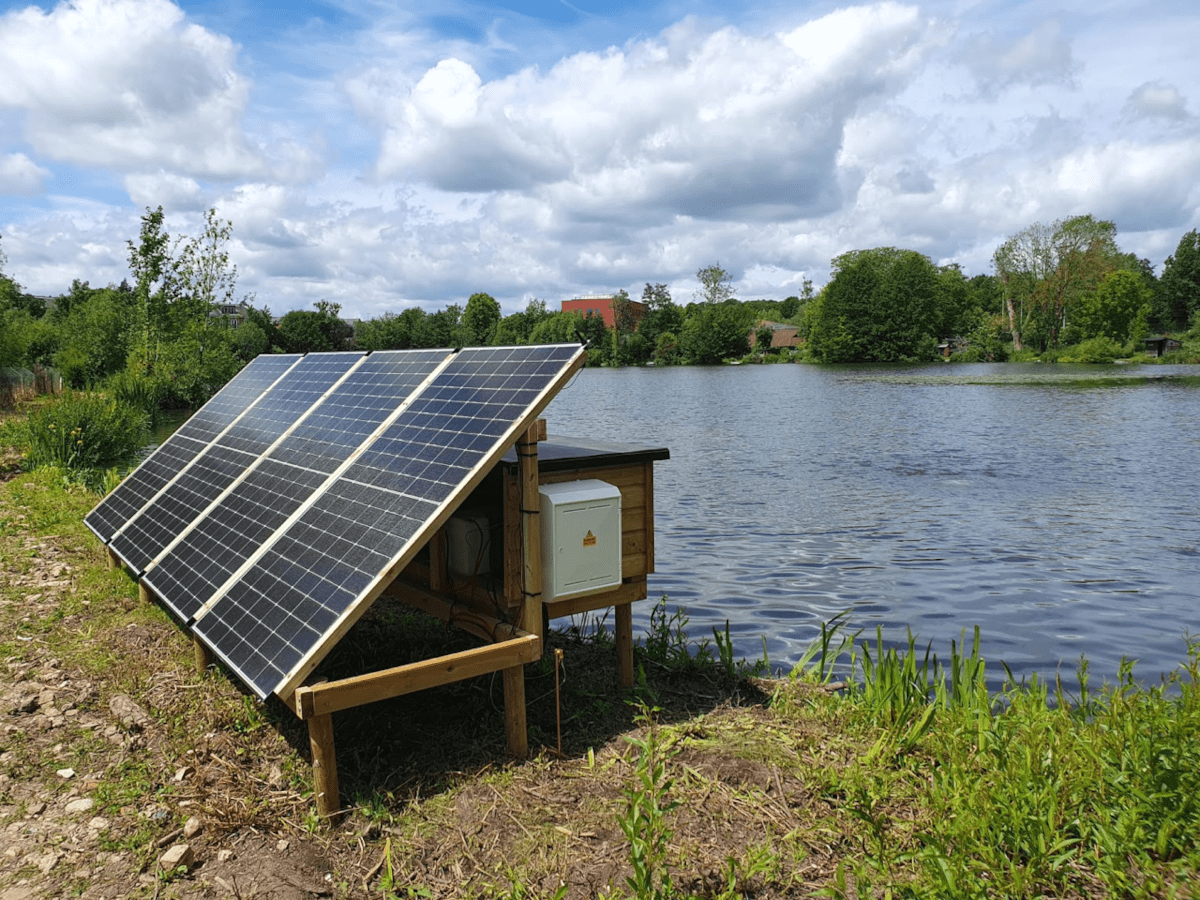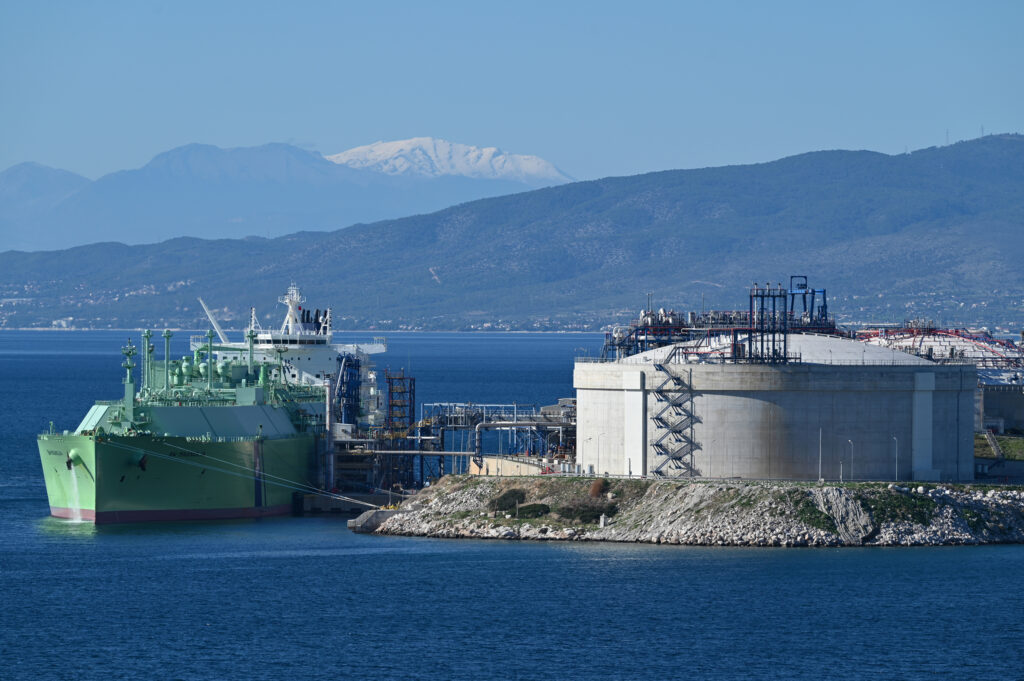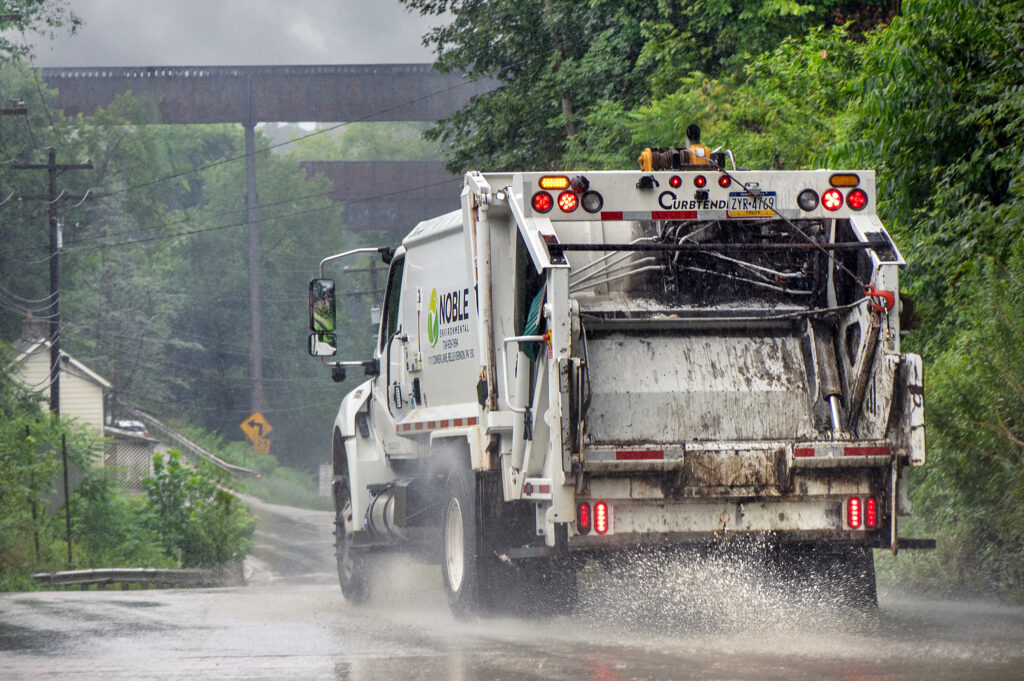Engineers working on a project in North Wales have employed novel techniques to improve wastewater treatment efficiency, reportedly at a fraction of the cost of traditional methods, saving an estimated £3.5 million. Alison Miles from NIVUS, an instrumentation partner in the project, explains the flow measurement technology behind the reported improvements.
Background
Owned and operated by Dŵr Cymru Welsh Water, Five Fords WwTW is a sewage works near Wrexham in north-east Wales serving over 130,000 people. The site operates three ASP (activated sludge process) lanes.
As a Capital Delivery Partner and part of the Welsh Water Alliance, Mott MacDonald Bentley (MMB) was challenged to increase the treatment capacity of the ASP lanes in response to a growing population and increased demand from new anaerobic digestion plants.
The challenge
The existing layout of the plant delivered wastewater to the ASP lanes at a different flow rate in each lane. This disparity was reflected by dissolved oxygen measurements within the lanes, which indicated that the lanes were not operating efficiently. “One of the lanes, for example, was operating in a super-critical condition, whilst another was sub-critical,” explains MMB’s Jack Jones. “As a consequence, from a process control perspective, the ASP lanes were difficult to manage effectively.”
The uneven distribution of flow between the ASP lanes was caused by a number of physical issues in the flow channels that fed them. In addition, a large 800mm relief pipe discharged a mixture of RAS (returned activated sludge) and overspill directly into the main inflow channel, which also affected the flow profile.
The ASP lanes were originally built with flumes to control flow, but these were replaced with weirs to increase capacity. The requirement for a further increase in capacity therefore meant that a return to flumes would not be practicable, and would not resolve the flow disparity in any case.
A flow split chamber with equal weirs was also not considered to be practicable because this would cause disruption to the operation of the plant, requiring significant temporary works and civil costs. The ASP lanes can receive up to 1200 l/s in full flow, so a weir-based solution would necessitate the hire of temporary pumps for the duration of the construction, which could be around 4 months, representing a substantial extra cost. This alternative was therefore disregarded.
In addition to resolving the flow disparity in the ASP lanes, it would be necessary to monitor flow in the relief pipe. This also represented a very significant potential cost, because traditional techniques such as electromagnetic flowmeters typically require a full pipe for accurate measurements and involve substantial installation costs and process downtime. A recent trial comparing the NIVUS insertion probe with a traditional ‘magflow meter’ demonstrated a 60% saving in cost and 95% saving in embodied carbon. The magflow option was therefore also disregarded.
The solution
“Before making the final decision, a number of internal ‘surgeries’ were conducted involving hydraulic, mechanical and process engineers,” explains Josh Sparks, MMB Contracts Manager & EICA Regional Practice Lead. “As a company, we are always looking for innovative solutions that over-deliver on a number of fronts, and that is exactly what we managed to achieve at Five Fords.”
The preferred solution involved the deployment of three actuated penstocks that would be lifted into the first three channels. The fourth channel would be isolated, but could be made available if necessary, in the future. Effective control of the penstocks would depend heavily on the reliable measurement of flow in each channel downstream of the penstocks. “This was also a major challenge,” Josh explains. “Most traditional flow measurement methods were ruled out due to the physical constraints of the site, along with the cost of solutions involving significant civil works. As a result, we engaged with NIVUS and determined that their cross-correlation flow meters offered the best solution.”
NIVUS was contracted to install flow meters in the relief pipe, in the main inlet channel, and in each of the three ASP inlet lanes. All of these instruments are MCERTS and EX-rated and employ the NIVUS cross-correlation flow measurement method.
Two NIVUS POA wedge sensors were fitted to L-shaped bed-mounted brackets – one on either side of the main inlet channel. These sensors were connected to a (NF750 M9) transmitter, to which the pipe insertion probe (velocity profiler and ultrasonic level) was also connected.

Each of the ASP lanes was fitted with a radar level sensor, working together with POA wedge sensors, which were also mounted on L-shaped bed-mounted brackets. Each of these sensors was connected to a single input transmitter (NF750).
Cross correlation flow measurement method
The ultrasonic cross-correlation method developed by NIVUS measures individual velocities continuously at different levels within the flow. This area velocity flow measurement technique provides a 3-dimensional flow profile that is calculated in real-time to provide reproducible and verifiable flow values in full or partially filled channels or pipes.
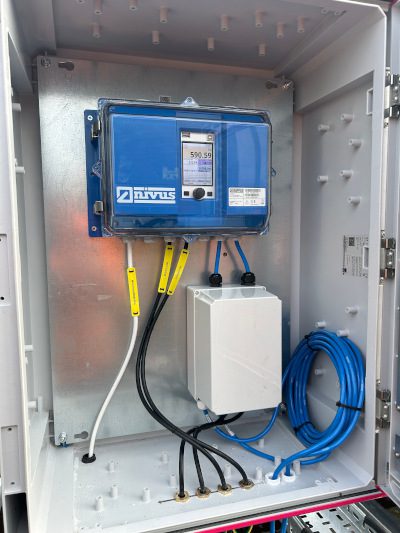
The method is based on the principle of ultrasonic reflection, in which reflectors such as particles, minerals or gas bubbles within the water body are scanned using an ultrasonic impulse with a defined angle. The resulting echoes are saved as images or echo patterns, and a further scan is conducted a few milliseconds later. This creates echo patterns which are compared with previously saved signals, and the positions of unambiguously identifiable reflectors are identified in order to determine velocity, by using the beam angle. This means that the particle velocity, which is equivalent to the wastewater flow velocity, can be calculated from the temporal shift of the reflectors. The method produces highly accurate readings without the need to perform additional calibration measurements.
A key advantage of this method is its ability to operate effectively in the most demanding and heavily polluted applications. Influencing factors such as flume shape, discharge behaviour and wall roughness are all accommodated within the flow computation.
Initial results
The NIVUS flowmeters were installed before the penstock solution was implemented, so that flow variation could be observed both before and after the penstock installation. However, local engineers raised concerns about the potential for the penstocks going from fully open to a closed position too quickly or not opening quickly enough during a surge, causing backup in the channel. In addition, there were concerns that the penstocks might react too quickly causing intermittently variable flow rates.
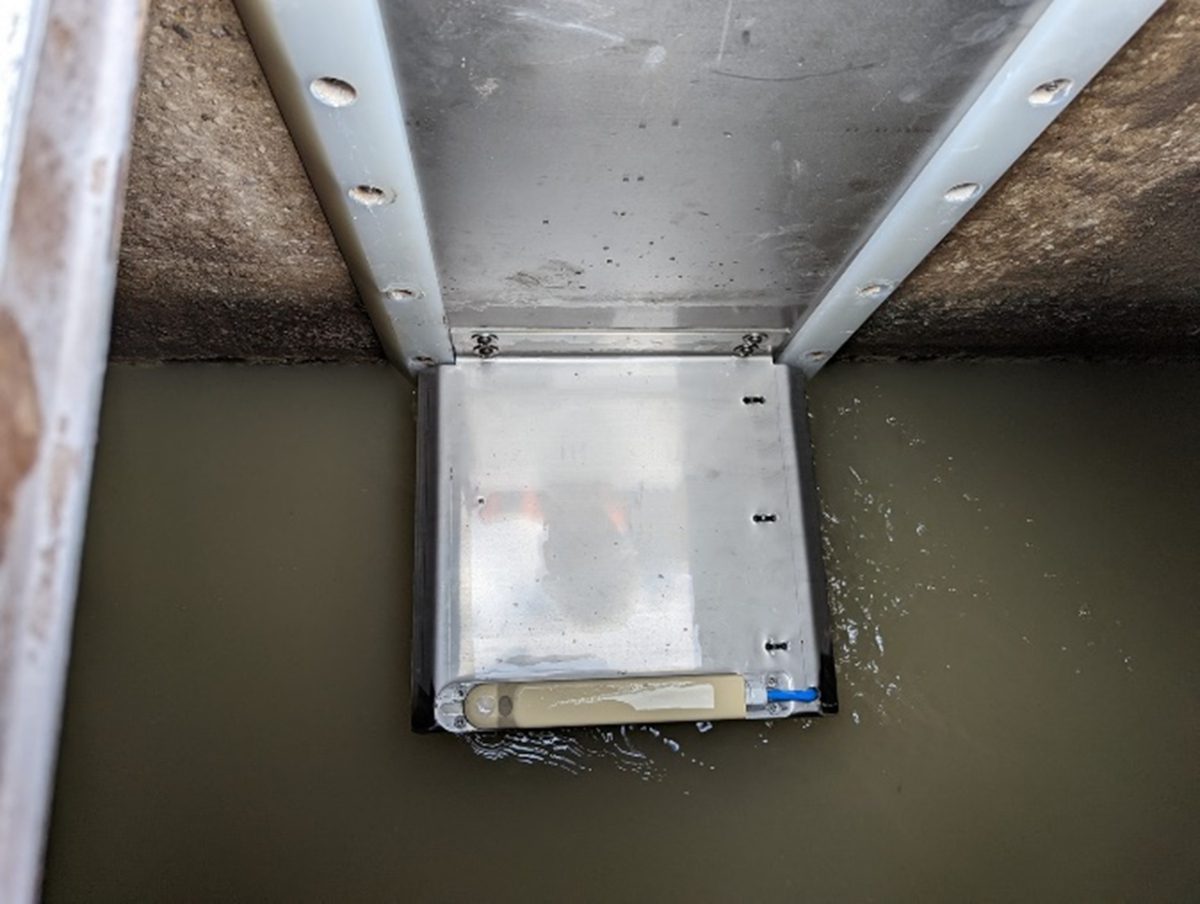
“Happily, none of the initial concerns materialised,” Josh explains. “With the ability to optimise the ‘nudge and wait’ period, it became possible to ensure a smooth flow with an even split between the ASP lanes. As a result, the scheme sailed through the 28-day proving phase with no issues reported, and has performed problem-free for several months since that time.”
Key scheme outcomes
The overall objective of the scheme was to equalise flow rates within the three ASP lanes so that treatment efficiency and capacity would be improved. This was achieved, but as Josh says: “The penstock control system worked extremely well. By adopting a scheme based on cross-correlation flow measurement for both the relief pipe and the ASP channels, we were able to avoid substantial civil works, which delivered dramatic financial cost and carbon savings, as well as almost no interruption to the operation of the plant.”
MMB has estimated that a conventional build solution involving modification of the channels with a new distribution chamber would have taken around 8 months and cost in excess of £4.5 million. In stark contrast, MMB’s solution, outlined above, was delivered at a cost of around £1 million.
As a Capital Delivery Partner and part of the Welsh Water Alliance, under the terms of its contract, MMB’s cost savings at Five Fords deliver financial benefits to both MMB and Dŵr Cymru Welsh Water. Consequently, the water company’s customers also benefit.
Looking forward
MMB staff have been so impressed with the results of this project that they have since organised internal webinars with engineering colleagues from all over the world, explaining how they too can implement this technology to deliver cost and sustainability benefits.
The NIVUS cross-correlation flow measurement technology will be rolled out to future wastewater projects. However, it is also applicable to other applications such as pump management under AMP8, as well as in-pipe potable water flow measurement applications.
Summarising, Josh Sparks says: “The physical constraints at Five Fords forced us to widen our search for potential solutions, and we have obviously been delighted with the results. Cross-correlation flow measurement turned out to be the key that unlocked the financial, time and carbon savings that have been achieved, and we look forward to delivering similar benefits on future projects.”



